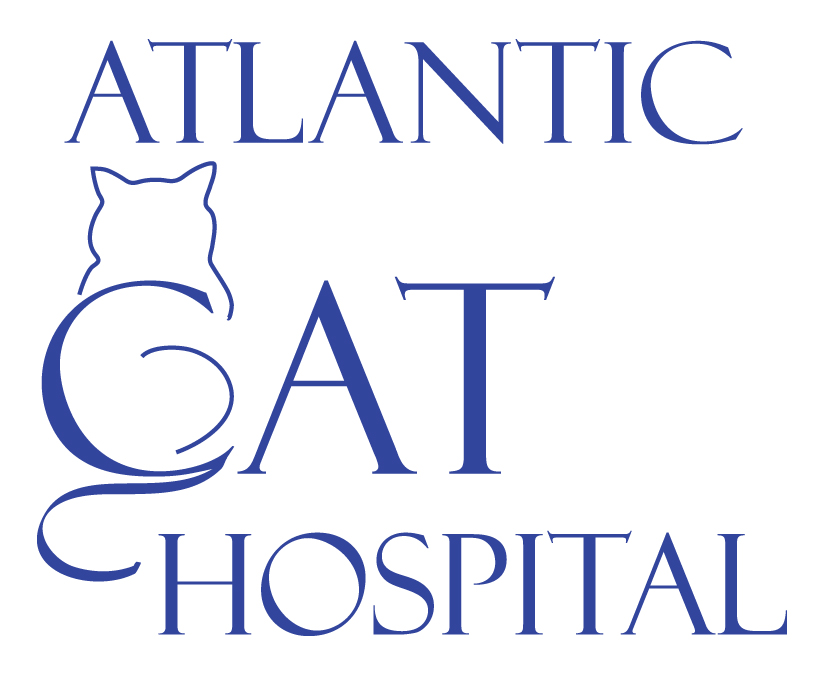Library
-
Allopurinol is an oral medication typically used to prevent uric acid and calcium oxalate stones in dogs. It is also used off-label to treat leishmaniasis and gout in dogs and other species. Side effects are uncommon but may involve stomach upset. Caution must be taken when allopurinol is used in conjunction with certain other medications. It should not be used in pets with liver or kidney dysfunction or in red-tailed hawks.
-
Amoxicillin is given by mouth and is used on and off label to treat certain bacterial infections in a variety of species. Common side effects include lack of appetite, vomiting, and diarrhea. Do not use in pets that are allergic to it or other penicillins, cephalosporins, or other beta-lactam antibiotics; do not use in rabbits, guinea pigs, chinchillas, hamsters, or other small mammals.
-
Ampicillin is an antibacterial medication given by injection or by mouth and is used on or off label to treat certain infections. Side effects include allergic reactions or gastrointestinal upset, and neurological signs when given in high doses. Ampicillin use is contraindicated in pets allergic to penicillins and in rabbits, guinea pigs, chinchillas, or hamsters. If a negative reaction occurs, please call your veterinary office.
-
Atropine ophthalmic (brand name Isopto Atropine) is an eye medication used to dilate (enlarge) the pupil. It is used off label (extra label) only, in all veterinary species of animals. Atropine ophthalmic comes in a 1% drop, solution, or ointment form, which is placed directly into the eye.
-
Carprofen is a nonsteroidal anti-inflammatory drug (NSAID) used on and off label. It is given by mouth in the form of a tablet to treat pain and inflammation. The most common side effects include vomiting, diarrhea, and decreased appetite. Do not use this medication in pets with bleeding disorders, in pets that are allergic to it or other NSAIDs in the same class, or in pets concurrently using corticosteroids or other NSAIDs. If a negative reaction occurs, call your veterinary office.
-
Chloramphenicol is given by mouth or injection and is used on and off-label to treat bacterial infections. Give as directed. Common side effects include vomiting, diarrhea, and decreased appetite. Do not use in pets with blood disorders, in pediatric or geriatric animals, or in pregnant or nursing females. If a negative reaction occurs, please call your veterinarian.
-
Chloroxylenol topical, also known as PCMX, is a topical antiseptic used on the skin prior to surgery and in wound cleaning in cats, dogs, and exotic species. It has been used to treat bacterial, fungal, and yeast skin infections. It is toxic to aquatic species. All forms are applied topically directly to the skin.
-
Clotrimazole topical is an antifungal used in the treatment of surface skin infections caused by fungal organisms in cats, dogs, rabbits, birds, reptiles, and other animals. Clotrimazole topical comes in a variety of forms that may be specially compounded and/or be combined with other medications. All forms are applied topically.
-
Hospitals providing curbside care have restructured their practice to avoid the need for clients to enter the lobby and exam rooms. This measure was designed to promote physical (social) distancing during the COVID-19 pandemic; however, it may be used in other situations. This handout discusses the benefits and best practices of curbside care.
-
Collecting tissue samples for cytology or histopathology allow a pathologist to often give a diagnosis of the type of mass or tumor your pet has. Samples can be obtained by fine needle aspirate or biopsy, where a piece of the mass is cut out. Based on what the mass appears like under the microscope, the pathologist can often give a prognosis of how the tumor will behave.






